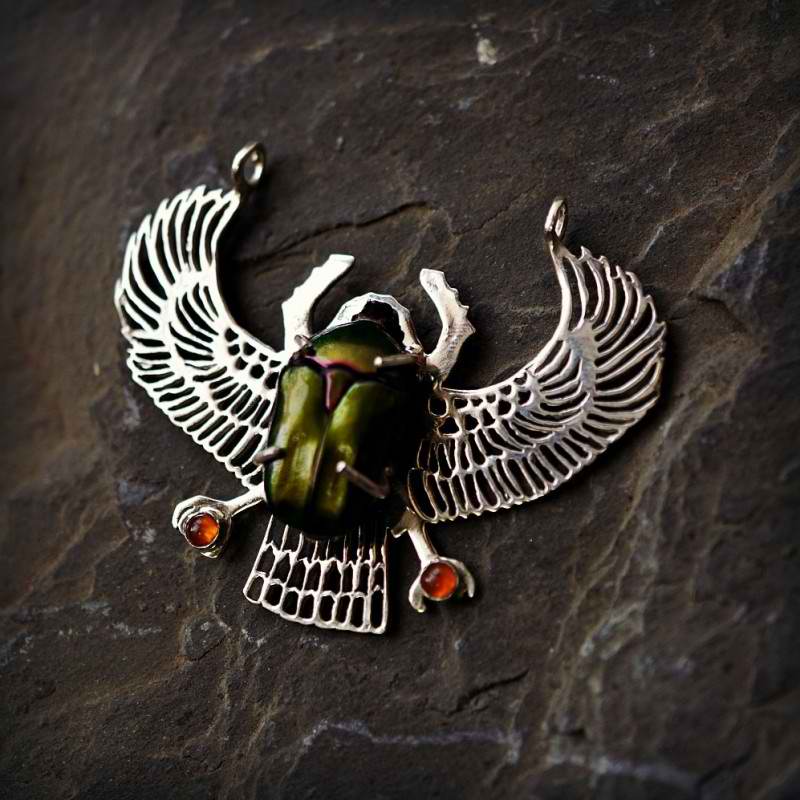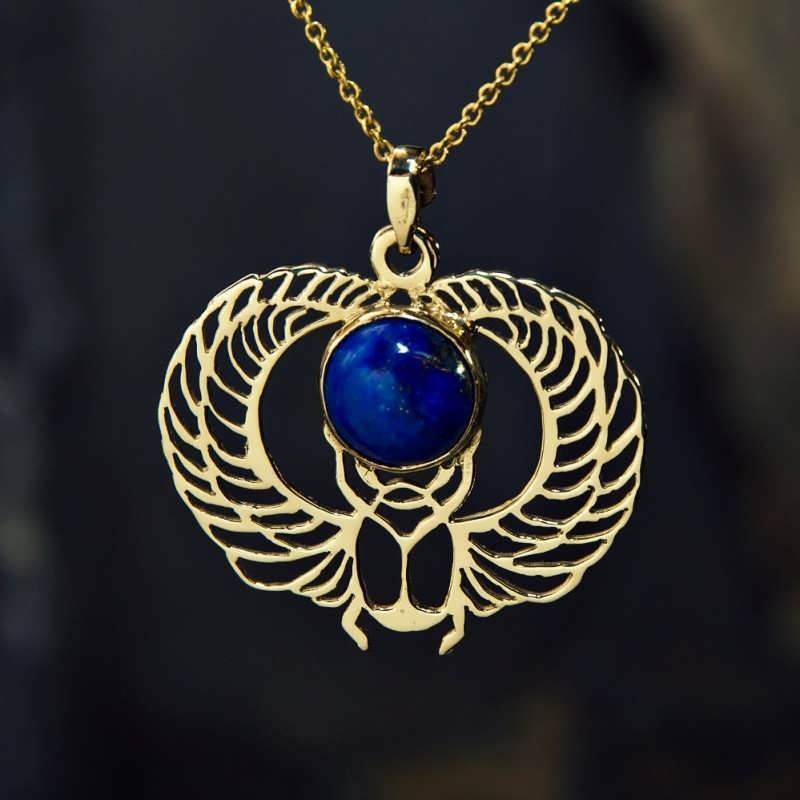Incarnation, resurrection, and consciousness are central themes in my body of work. I intricately employ and interlace ancient symbols depicting the eternal nature of the soul, drawn from diverse cultures across the globe. My fascination with these concepts ignited during my formative years, driven by a myriad of childhood experiences. However, a profound resurgence of my intrigue stemmed from an encounter over two decades ago, a meeting with a cab driver in Tel Aviv.
This particular encounter unfolded amidst the tumultuous backdrop of the infamous dot-com bubble burst and the ensuing financial crisis. At that juncture, an atmosphere of despondency enveloped everything and everyone. As fate would have it, I entered a taxi in Tel Aviv, where the driver inquired about my well-being. Responding in a somewhat sardonic tone, I quipped, “Barukh Hashem, Ani Noshem,” which literally translates to “Thank God, I’m still breathing.” This expression had gained popularity as a car sticker during that era. Though it possessed an underlying religious connotation, I perceived it as an individual’s wry manifestation of humour. To me, it encapsulated a sentiment akin to “I’ve lost everything, and all that remains is the pursuit of survival.” It was emblematic of a sort of survival instinct, given the circumstances.
The cab driver’s response was unexpected: “Do not underestimate the significance of breathing.” This rejoinder struck me as peculiar. After a brief pause, he elaborated, “You know, I actually have only one lung.” Thus began my introduction to the first account of a Near-Death Experience (NDE).
NDE, an abbreviation for “Near Death Experience,” signifies a transformative encounter that unfolds as an individual teeters on the brink of death. The cab driver proceeded to recount his narrative, a tale that traced back to the Yom Kippur War in October 1973. He had served as a soldier stationed at the Golan Heights, where his company endured the brunt of the Syrian Army’s formidable artillery. Amid a barrage of heavy shelling, he suffered the impact of a shrapnel wound. Initially numb to sensation, he was engulfed by a sensation of heat, only later realizing that his punctured lung was filling with blood.
Fortunately, he was rescued by a helicopter and swiftly transported to the hospital. He recounted to me that he remained conscious throughout the entire ordeal, even though he experienced significant blood loss due to the severity of his injury, which had brought him to the brink of death. Upon reaching the hospital, he was promptly taken to the operating room, marking the commencement of his transcendental journey. He recounted that he felt a separation from his physical body, allowing him to observe the entire medical team diligently working to save his life as he floated or hovered above his corporeal form.
Subsequently, everything faded away, and he found himself immersed in profound darkness. After a period of time, a minuscule speck of light emerged, gradually expanding and intensifying until it drew him toward a radiant brilliance. He went on to vividly portray his experience “on the other side,” detailing how he had the opportunity to review his life, recounting moments and emotions. He described the overwhelming feelings of tranquillity and love and how he was informed that it was not yet his time and that he needed to return.
Since that encounter, I have encountered a countless number of NDE stories. When you begin to connect all the dots and identify the common elements within these experiences, you come to the realization that the ancient philosophers were very likely correct. It appears that we are integral players in a cosmic drama, each of us having consciously selected a specific role to embody. This choice is driven by a desire to undergo the human experience, explore existence, and strive for the attainment of unconditional love. Ultimately, we all find our way back to our true home.
The reason that I create these symbols is to remind us all that we are eternal and that fear is an illusion because, as the Buddhist philosophy, for example, claims, we often attach ourselves to the Maya, the illusion or the “phenomenal world”, and we tend to forget are true origin.


